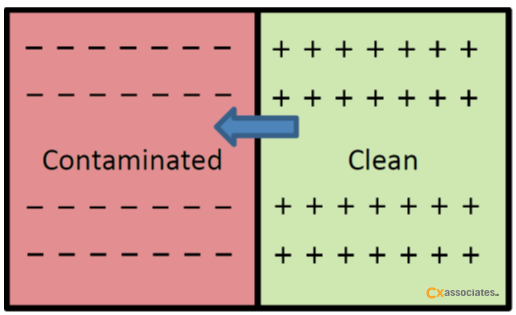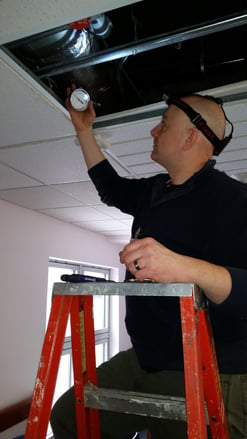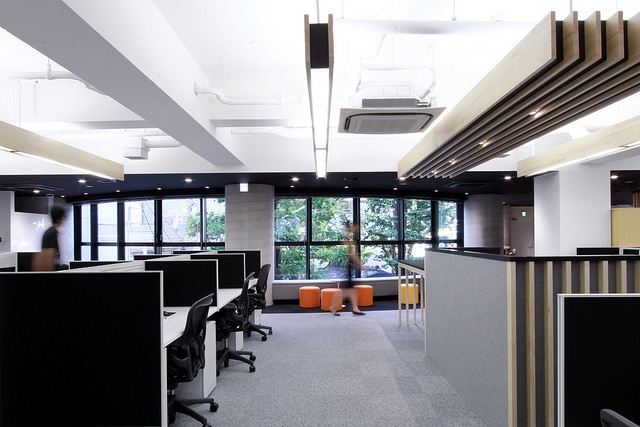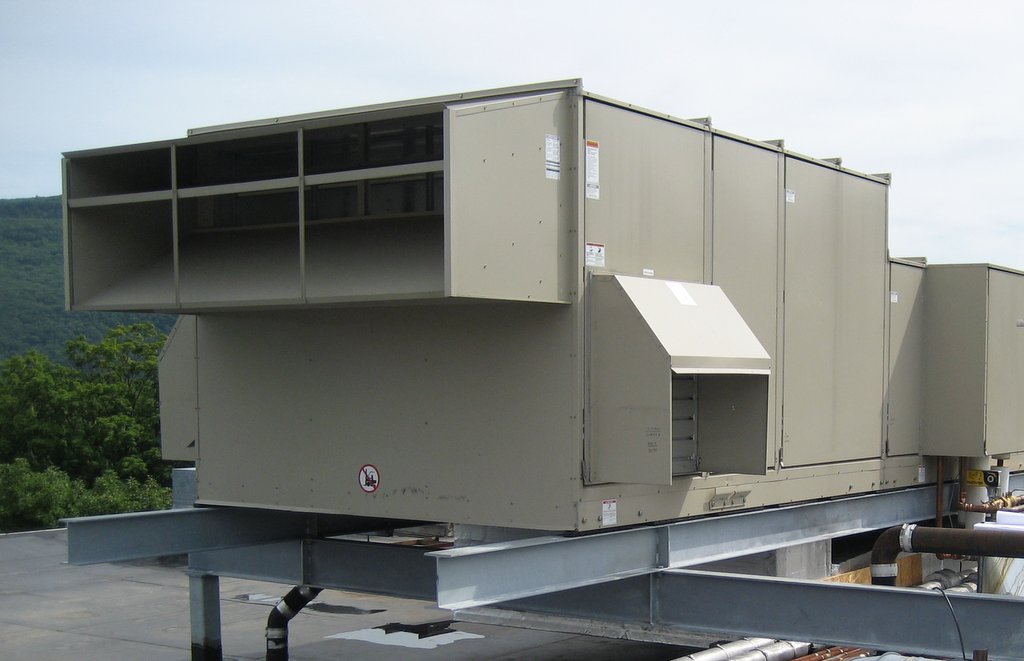During recent functional testing of HVAC systems at a healthcare facility, part of our testing scope was to verify room static pressure relationships between adjacent sterile and contaminated spaces. In healthcare settings (and other settings where contamination control is critical) spaces can be designed to have more or less space pressurization with respect to one another—the result is that any air movement between spaces is in the direction from clean to dirty, and not the reverse.
 Room pressure relationships in healthcare
Room pressure relationships in healthcare
In this particular instance, the Owner, and especially the soon-to-be occupants of the space, were motivated to move into their very nice new space as soon as possible. We received word from the construction manager that the remaining work was all complete, and all that was left was for functional testing to be completed. The controls contractor had signed off on the commissioning test docs indicating everything was functioning as designed.
We began our testing work by testing the air handling unit, followed by the air terminal equipment associated with the specific spaces which required pressurization control. There was plenty to test in our several days of field work, however given the operationally critical nature of the room pressure control, we wanted to start with that relatively early. It’s a good thing we did.
Problems Identified
We found many issues, and generally none of the pressure relationships specified in the design were being maintained. The following are examples of the issues we identified:
- Review of the graphics revealed that supply/exhaust airflow setpoints were configured in reverse of their intended configuration—a space designed to have 30% more supply than exhaust airflow had 30% less resulting in an opposite pressure than specified.
- In spaces with active pressurization control (using a differential pressure sensor and closed-loop control to maintain a setpoint) reverse control logic programming existed (e.g. if space is not sufficiently negative, decrease exhaust VAV airflow).
- In one instance, the tubing from each of two adjacent spaces was connected to the differential pressure senor backwards (resulting in the control system displaying a critical relationship in reverse sign of actual).
- Programming had not been completed for some spaces requiring active pressure control.
Once all of the controls problems were resolved, we were finally actually able to return and test pressurization control.

The testing revealed that while adjacent spaces were expected to have in some cases up to 0.03” w.c. (inches of water column) difference, penetrations between the spaces had not been carefully airsealed by various contractors and equipment vendors. While the pressure relationships were being maintained, it was at the cost of large volumes of air/exhaust at all times to compensate for poor airsealing. The high airflow requirements were driving the associated air handler to operate at a much higher static pressure setpoint, which resulted in much greater energy use. By airsealing the leaks between spaces, the airflow requirements were able to be reduced, thereby saving energy.
Why Is Commissioning Important?
While trades work very hard to get projects delivered on time, on budget, and built/functioning as designed, the reality is that modern buildings are very complex. Inevitably the final details of the control system configuration are crunched into the last portion of the job, and there is always pressure to get the project completed as quickly as possible. While intentions are usually in the right place, having a fresh set of eyes/brains reviewing and testing the final product is critical. In some cases, as it was in the instance I described above, improper operation can be more than just an annoyance or a service call.



